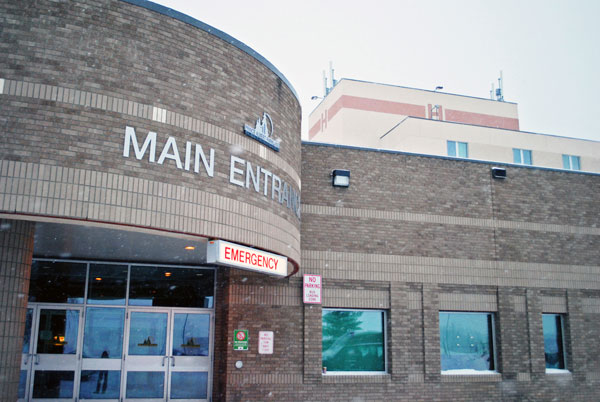Residents should easily be able to name each of the people outside of their virtual household they came within two metres of should someone they know be diagnosed with COVID-19, Saskatchewan’s Chief Medical Health Officer says.
The comments made by Dr. Saqib Shahab came Thursday as he answered questions about what he’s calling a cluster of unconnected cases of the novel coronavirus in the Prince Albert area.
On Wednesday, the Saskatchewan Health Authority (SHA) issued an advisory for the region, including restricting visits in public and long-term facilities due to the sudden increase in cases that have seemingly nothing in common aside from hospital visits.
Shahab said that after weeks of no cases in the area, six people ended up in the hospital and tested positive for the illness caused by the novel coronavirus. Despite leading to over 100 individual contacts, there have been no connections identified between the cases.
That’s rare for Saskatchewan, as public health, for the most part, has been able to link cases to other known cases or to large gatherings and travel.
“In P.A., those investigations are ongoing,” Shahab said.
“But if our numbers of cases with no known cause of exposure can be identified, that’s a number we have to watch closely. What that will mean is we’re losing the ability to control chains of transmission.”
As the province opens up, the ability to trace exposure to the virus is going to be really important, he said. That means residents should be careful to follow public health guidance and wear masks where it’s crowded, keep their distance from others and maintain only a small virtual household.
“I think it’s well-known that as we increase our social mixing, we will see more pop-up cases,” Shahab said.
“But if we have a small number of contacts, seek testing if we have even mild symptoms and practice physical distancing all the time, numbers will remain low.”
Shahab said transmission in setting such as retail environments is rare, especially if people follow recommendations.
“If you’re complying with everything else, your risk of exposure would be very low,” he said.
That risk increases the longer you’re within 2 metres of someone, or if you’re, for example, sharing food at a party.
What’s especially concerning about the Prince Albert area situation, Shahab said, is the number of hospitalizations.
“It could be coincidental, but what it generally means is that because you generally need many cases to result in a few hospitalizations, you want to make sure you’re not missing community transmission,” he said.
“That’s why public health is working to understand how many people could be involved with following contacts up. People are having a lot of contacts and it’s becoming challenging to complete the case contact investigations. Even as we are out and about, the way that we conduct ourselves should be that we can confidentially say that there were very few people outside your household or virtual bubble that you were closer than two metres to.”
Shahab stressed that the Prince Albert area public health investigation is still ongoing.
The advice, then, for people in the area is to get tested if you have any symptoms and keep following public health guidelines including physical distancing.
“If you have any symptoms, do seek testing,” Shahab said. “it informs you, it informs what needs to happen for your close contacts and it informs everyone else if there’s COVID-19 activity we need to be aware of. In most cases, it won’t be COVID, but that doesn’t mean you shouldn’t be tested. If you are positive it’s important your contacts are followed up with. That’s how you break the chain of transmission


